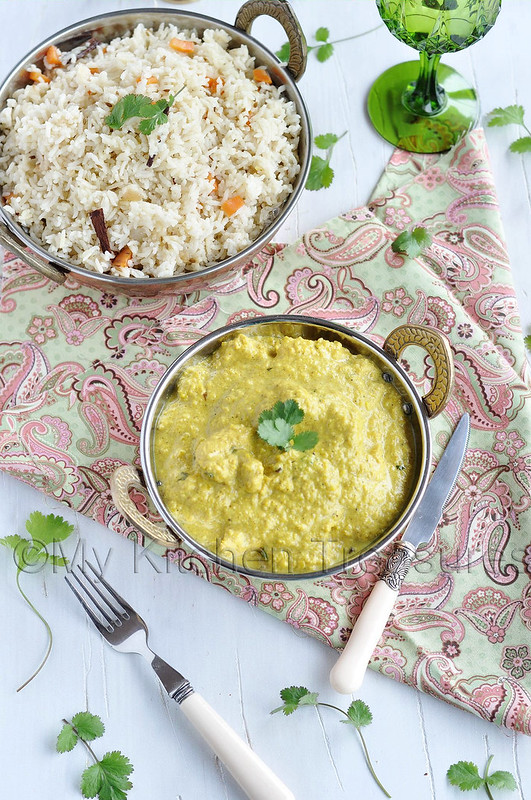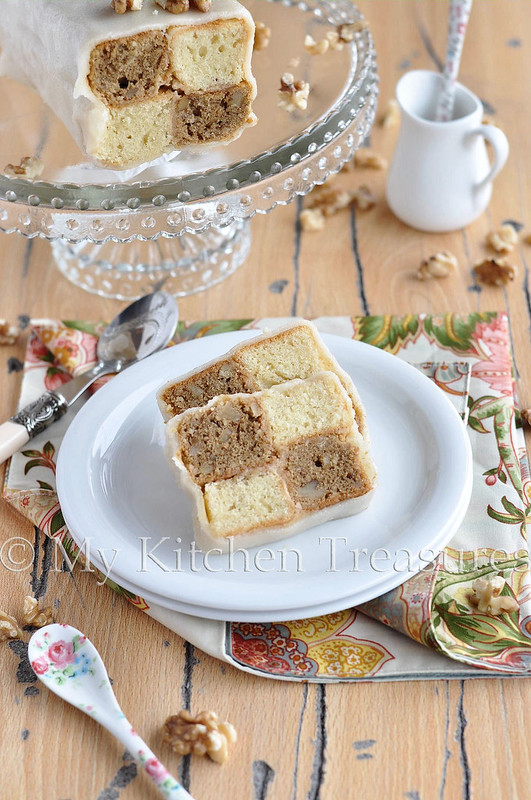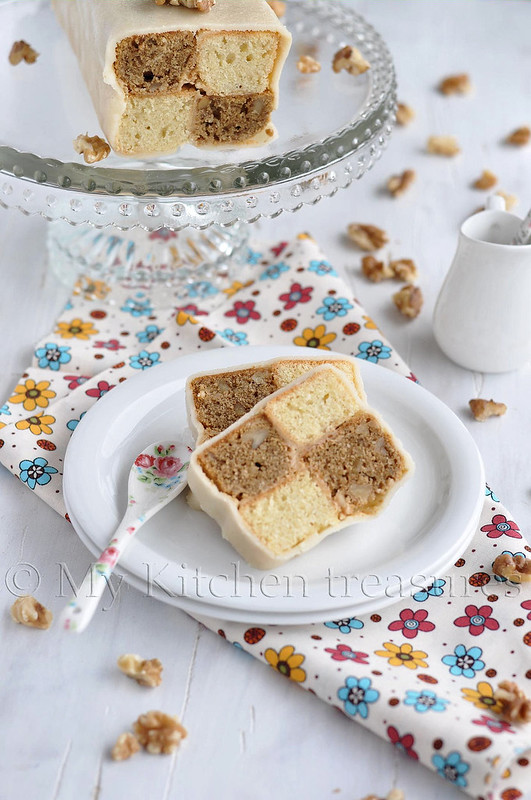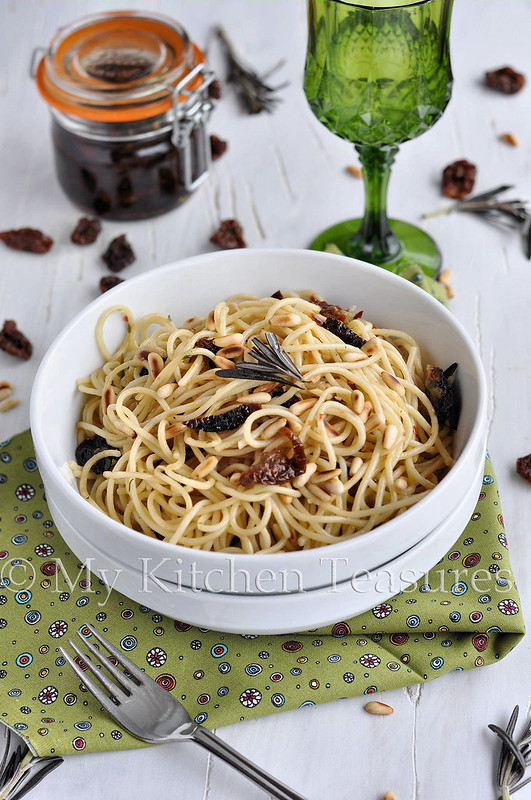Challah (also ḥallah plural: challot/ḥalloth/khallos) (Hebrew: חלה) is a special braided bread eaten on Sabbath and holidays.
It is also named khale (eastern Yiddish, German and western Yiddish), berches (Swabian), barkis (Gothenburg), bergis (Stockholm), birkata in Judeo-Amharic, chałka (Polish), colaci (Romanian), and kitke (South Africa).
According to Jewish tradition, the three Sabbath meals (Friday night, Saturday lunch, and Saturday late afternoon) and two holiday meals (one at night and lunch the following day) each begin with two complete loaves of bread. This "double loaf" (in Hebrew: lechem mishneh) commemorates the manna that fell from the heavens when the Israelites wandered in the desert for forty years after the Exodus from Egypt. The manna did not fall on Sabbath or holidays; instead, a double portion would fall the day before the holiday or sabbath.
Each single loaf is woven with six strands, both loaves have twelve which represent each tribe of Israel
Thankyou Wiki for the info:
I have Challah before from Artisian bread in 5 minutes here then I have made this Double braided bread also this beautiful celebration bread so I am not that new to braiding especially when you have a daughter who have very long hair so till she was 15 I used to braid her hair :-)
I used Easy Challah recipe but add cardamom, dried apricot and extra sugar.
This months Dairing bakers was hosted by Ruth from The Crafts Mommyhood Using recipes from all over, and tips from “A Taste of Challah,” by Tamar Ansh, she encouraged us to bake beautifully braided breads.
Ingredients
4 cups (960 ml) (360 gm/20 oz) all-purpose (plain) flour
1 cup (240 ml) warm water
1 package (2¼ teaspoons) (11¼ ml) (7 gm) (¼ oz) package rapid rise yeast
4 cardamom pods, skin removed and powderd
150 gm chopped dried apricot
½ (120 ml) (115 gm/4 oz) cup sugar (added more sugar)
2 large eggs
1 tsp. (5 ml) (6 gm) salt
1 egg beaten with 1 tsp. water
Directions:
1. Measure flour, sugar and salt into a large mixing bowl.
2. In a separate bowl (or in the bowl of your stand mixer) combine water and yeast, allow to sit 5 minutes until foamy.
3. Add 1 ½ cups of the flour mixture to the water and yeast mixture, beat until well combined. Cover with a dish towel, let stand 30 min.
4. Add two eggs to the dough, beat again.
5. By hand or with your dough hook knead in the remaining flour mixture together with the cardamom powder.. Knead approximately 10 minutes. When you get to 8 minutes add the diced apricots.
6. Transfer to oiled bowl, cover, let rise one hour.
7. Punch down dough, knead approximately 3 minutes.
8. Divide dough in two. Shape each half as desired (3, 4, or 6 strand braid).
9. Place loaves on parchment covered or greased cookie sheets, cover with a towel, allow to rise one hour.
10. Preheat oven to 400 degrees.
11. Brush loaves with egg wash.
12. Bake at 400 degrees for 10 minutes. Reduce oven temperature to 375 degrees, bake until golden crust forms (about 25-30 minutes).
13. Transfer to a wire rack to cool.
Storage & Freezing Instructions/Tips:
Once cooled, challah loaves which will not be eaten right away (or in the next couple of days) should be bagged in heavy duty freezer bags. Remove excess air from the bag before securing it tightly (tying a knot or using tape). Put the bagged loaf/loaves into the freezer as soon as possible to ensure fresh taste; frozen challah will keep approximately three months.
Making strands: There are two basic methods for forming the strands used to braid challah. The first, and easiest, is to simply roll snakes between your hands like when working with clay or play dough. The second method is to use a rolling pin to roll out a flat disc of dough, then using your hands to roll the disc into a snake, rolling the snake on the counter with your fingers to achieve the length you need. This second method does result in a better rise, but either way works well. Whichever method you use, form your strands such that they are thinner at the ends and fuller in the middle. This will help your challah rise in the center.
It is also named khale (eastern Yiddish, German and western Yiddish), berches (Swabian), barkis (Gothenburg), bergis (Stockholm), birkata in Judeo-Amharic, chałka (Polish), colaci (Romanian), and kitke (South Africa).
According to Jewish tradition, the three Sabbath meals (Friday night, Saturday lunch, and Saturday late afternoon) and two holiday meals (one at night and lunch the following day) each begin with two complete loaves of bread. This "double loaf" (in Hebrew: lechem mishneh) commemorates the manna that fell from the heavens when the Israelites wandered in the desert for forty years after the Exodus from Egypt. The manna did not fall on Sabbath or holidays; instead, a double portion would fall the day before the holiday or sabbath.
Each single loaf is woven with six strands, both loaves have twelve which represent each tribe of Israel
Thankyou Wiki for the info:
I have Challah before from Artisian bread in 5 minutes here then I have made this Double braided bread also this beautiful celebration bread so I am not that new to braiding especially when you have a daughter who have very long hair so till she was 15 I used to braid her hair :-)
I used Easy Challah recipe but add cardamom, dried apricot and extra sugar.
This months Dairing bakers was hosted by Ruth from The Crafts Mommyhood Using recipes from all over, and tips from “A Taste of Challah,” by Tamar Ansh, she encouraged us to bake beautifully braided breads.
Easy Challah
(from templedavid.org)Ingredients
4 cups (960 ml) (360 gm/20 oz) all-purpose (plain) flour
1 cup (240 ml) warm water
1 package (2¼ teaspoons) (11¼ ml) (7 gm) (¼ oz) package rapid rise yeast
4 cardamom pods, skin removed and powderd
150 gm chopped dried apricot
½ (120 ml) (115 gm/4 oz) cup sugar (added more sugar)
2 large eggs
1 tsp. (5 ml) (6 gm) salt
1 egg beaten with 1 tsp. water
Directions:
1. Measure flour, sugar and salt into a large mixing bowl.
2. In a separate bowl (or in the bowl of your stand mixer) combine water and yeast, allow to sit 5 minutes until foamy.
3. Add 1 ½ cups of the flour mixture to the water and yeast mixture, beat until well combined. Cover with a dish towel, let stand 30 min.
4. Add two eggs to the dough, beat again.
5. By hand or with your dough hook knead in the remaining flour mixture together with the cardamom powder.. Knead approximately 10 minutes. When you get to 8 minutes add the diced apricots.
6. Transfer to oiled bowl, cover, let rise one hour.
7. Punch down dough, knead approximately 3 minutes.
8. Divide dough in two. Shape each half as desired (3, 4, or 6 strand braid).
9. Place loaves on parchment covered or greased cookie sheets, cover with a towel, allow to rise one hour.
10. Preheat oven to 400 degrees.
11. Brush loaves with egg wash.
12. Bake at 400 degrees for 10 minutes. Reduce oven temperature to 375 degrees, bake until golden crust forms (about 25-30 minutes).
13. Transfer to a wire rack to cool.
Storage & Freezing Instructions/Tips:
Once cooled, challah loaves which will not be eaten right away (or in the next couple of days) should be bagged in heavy duty freezer bags. Remove excess air from the bag before securing it tightly (tying a knot or using tape). Put the bagged loaf/loaves into the freezer as soon as possible to ensure fresh taste; frozen challah will keep approximately three months.
Making strands: There are two basic methods for forming the strands used to braid challah. The first, and easiest, is to simply roll snakes between your hands like when working with clay or play dough. The second method is to use a rolling pin to roll out a flat disc of dough, then using your hands to roll the disc into a snake, rolling the snake on the counter with your fingers to achieve the length you need. This second method does result in a better rise, but either way works well. Whichever method you use, form your strands such that they are thinner at the ends and fuller in the middle. This will help your challah rise in the center.











































